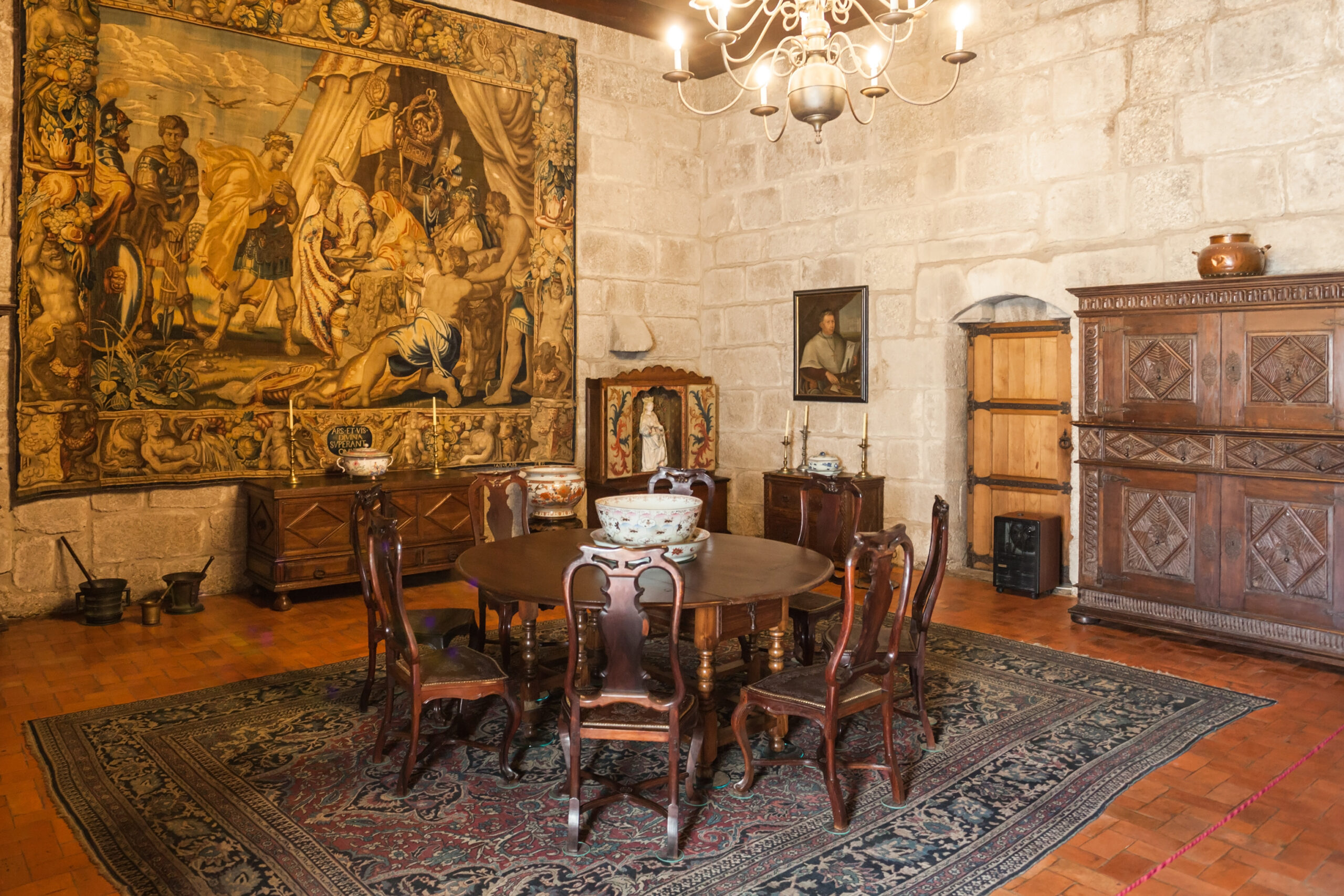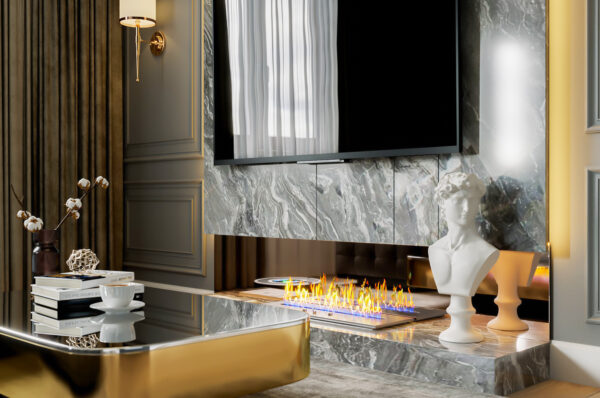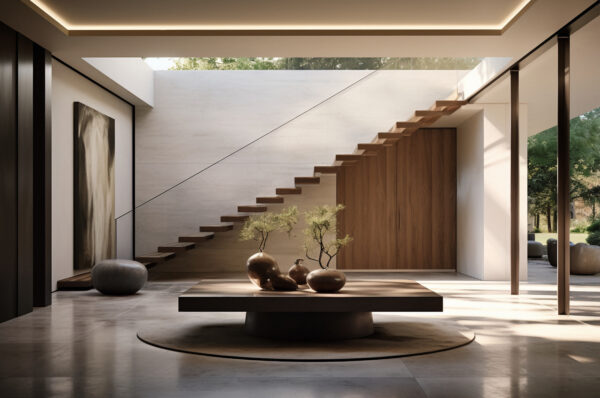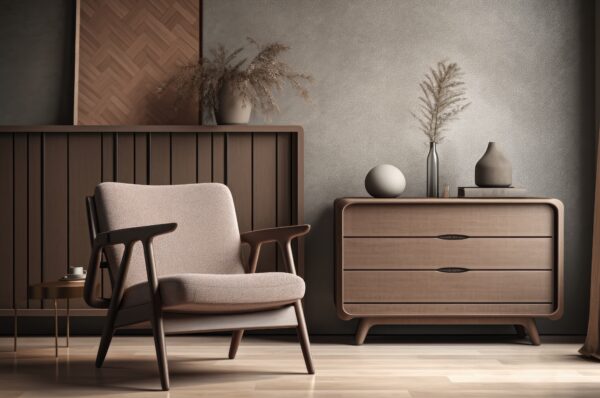The Evolution of Furniture: From Antiques to Modern Marvels
Furniture has come a long way from its utilitarian origins to becoming an integral part of interior design and self-expression. As we explore the evolution of furniture, we uncover how societal changes, technological advancements, and design movements have shaped the way we furnish our living spaces. Join us on a journey through time as we delve into the fascinating history and transformation of furniture design.
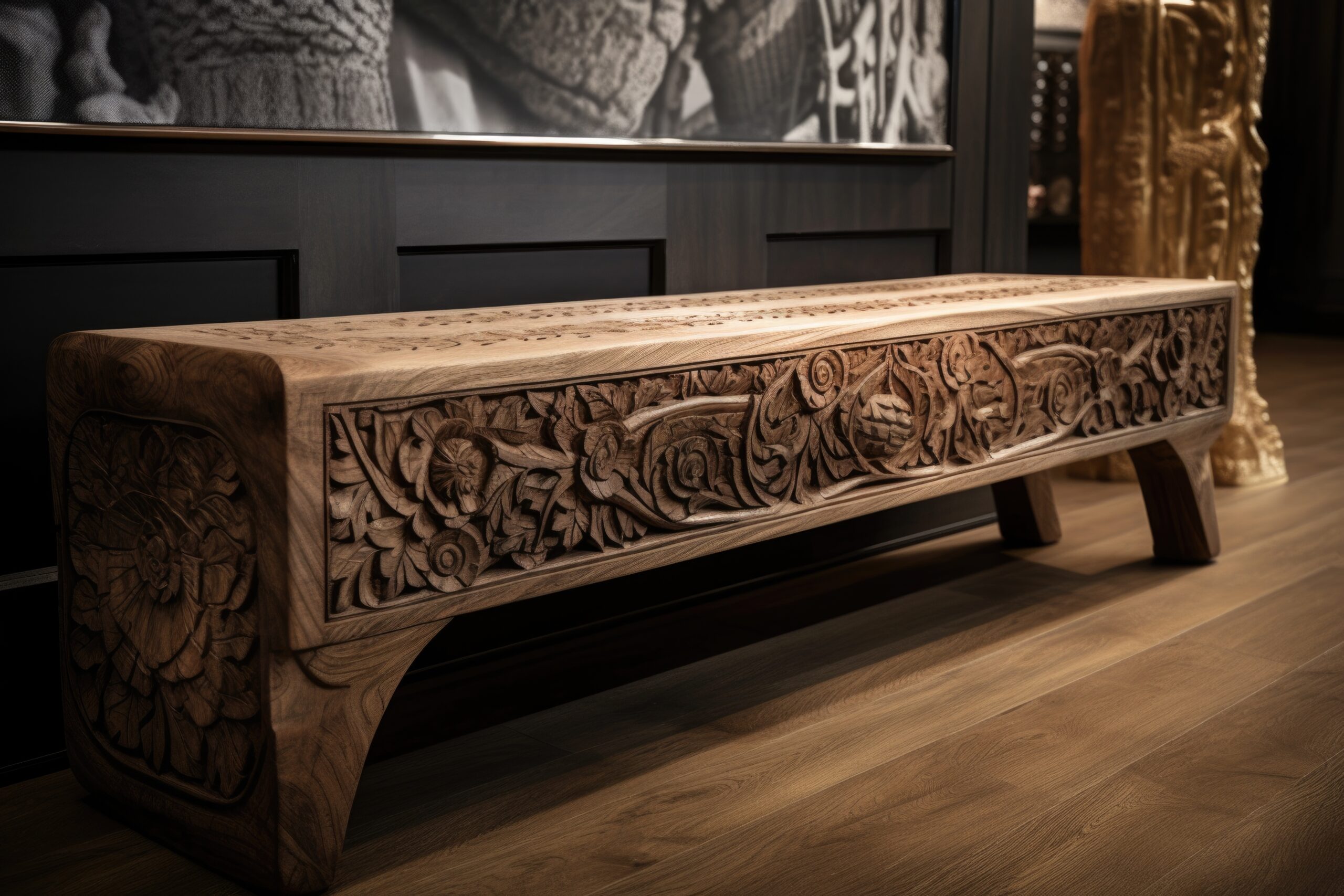
The earliest forms of furniture can be traced back to ancient civilizations such as Egypt, Greece, and Rome. These cultures crafted furniture primarily for functionality, with pieces like thrones, stools, and storage chests being symbols of status and utility. Elaborate carvings and luxurious materials showcased the craftsmanship and wealth of the era.
2. The Renaissance and Baroque Periods: Artistry and Ornamentation
The Renaissance period witnessed a shift from purely functional furniture to pieces that were characterized by intricate details and artistic flourishes. Ornate carvings, rich textiles, and decorative inlays became hallmarks of this era. The Baroque period followed suit, emphasizing grandeur and opulence, with furniture often reflecting the lavish tastes of royalty and aristocracy.
3. Industrial Revolution: Rise of Mass Production
The Industrial Revolution brought about a monumental change in furniture design. With the advent of mechanization, furniture production shifted from skilled craftsmanship to mass production. This era saw the creation of iconic pieces like bentwood chairs and cast-iron bedframes, making stylish and affordable furniture accessible to a broader population.
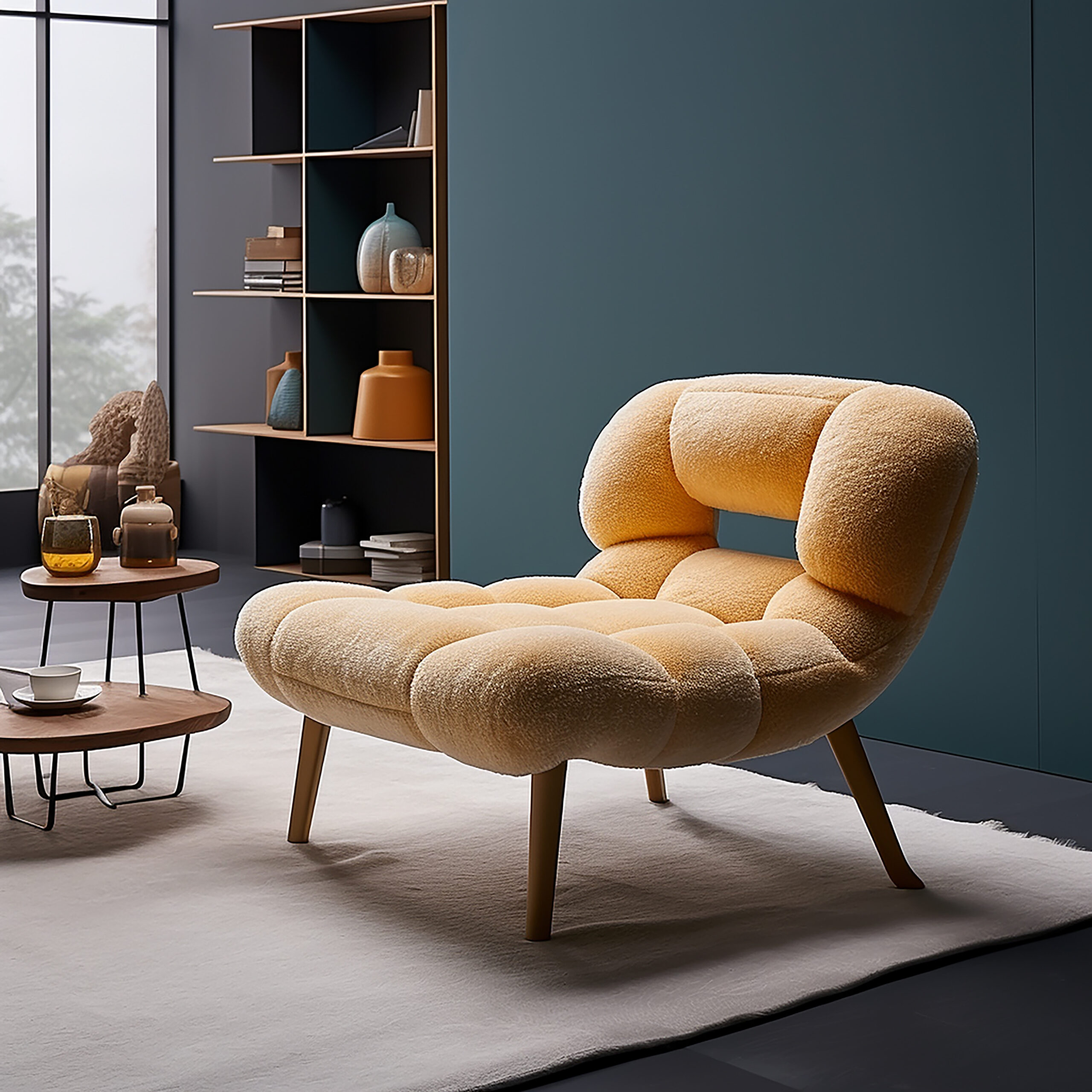
4. Modernism: Form Follows Function
The 20th century marked a radical departure from the ornate styles of the past. Modernist designers, influenced by movements like Bauhaus and Art Deco, championed the idea that “form follows function.” Clean lines, minimalism, and the use of new materials like steel, glass, and plywood defined this era. Designers like Le Corbusier and Charles and Ray Eames introduced iconic pieces that remain highly coveted today.
5. Mid-Century Modern: Timeless Elegance
The mid-century modern movement, spanning from the 1940s to the 1960s, remains a major influence on furniture design. Characterized by organic shapes, sleek lines, and a blend of form and function, mid-century modern furniture continues to be popular for its timeless appeal. Pieces like the Eames Lounge Chair and the Noguchi Coffee Table have become design classics.
6. Contemporary Eclecticism: Blurring Boundaries
In recent decades, furniture design has embraced a more eclectic approach, blurring the lines between different styles and eras. Mixing vintage and contemporary pieces, experimenting with bold colors and textures, and incorporating sustainable materials have become defining features of modern interior design. This era encourages individuality and creativity in furnishing spaces.
7. Smart and Sustainable: Furniture of the Future
As we move forward, furniture design is being influenced by technological advancements and sustainability concerns. Smart furniture with built-in charging ports, adjustable features, and integrated technology is becoming more prevalent. Additionally, eco-friendly materials, upcycling, and circular design principles are shaping the future of furniture, as consumers prioritize both style and environmental responsibility.

